The Negro in Literature and Art in the United States


Author: Benjamin Griffith Brawley
Category: Nonfiction
Published: 2011
Series:
View: 289
Read OnlineIN his lecture on "The Poetic Principle," in leading down to his definition of poetry, Edgar Allan Poe has called attention to the three faculties, intellect, feeling, and will, and shown that poetry, that the whole realm of aesthetics in fact, is concerned primarily and solely with the second of these. Does it satisfy a sense of beauty? This is his sole test of a poem or of any work of art, the aim being neither to appeal to the intellect by satisfying the reason or inculcating truth, nor to appeal to the will by satisfying the moral sense or inculcating duty. The standard has often been criticised as narrow; yet it embodies a large and fundamental element of truth. If in connection with it we study the Negro we shall find that two things are observable. One is that any distinction so far won by a member of the race in America has been almost always in some one of the arts; and the other is that any influence so far exerted by the Negro on American civilization has been primarily in the field of aesthetics. To prove the point we may refer to a long line of beautiful singers, to the fervid oratory of Douglass, to the sensuous poetry of Dunbar, to the picturesque style of DuBois, to the mysticism of the paintings of Tanner, and to the elemental sculpture of Meta Warrick Fuller. Even Booker Washington, most practical of Americans, proves the point, the distinguishing qualities of his speeches being anecdote and brilliant concrete illustration.
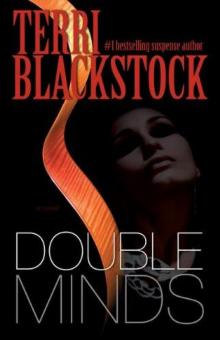 Double Minds
Double Minds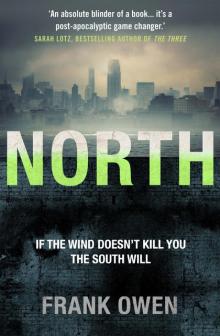 North
North Girl Alone: Joss came home from school to discover her father’s suicide
Girl Alone: Joss came home from school to discover her father’s suicide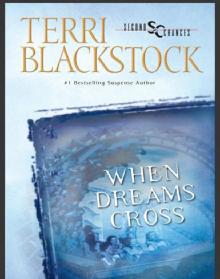 When Dreams Cross
When Dreams Cross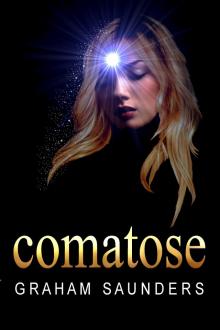 Comatose
Comatose American Drug Addict: a memoir
American Drug Addict: a memoir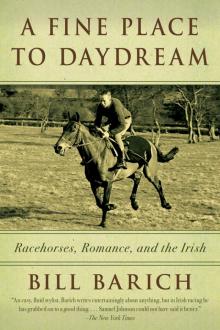 A Fine Place to Daydream
A Fine Place to Daydream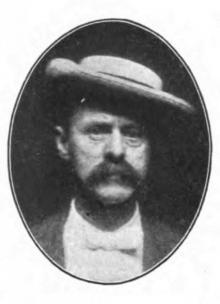 The Ice Queen
The Ice Queen